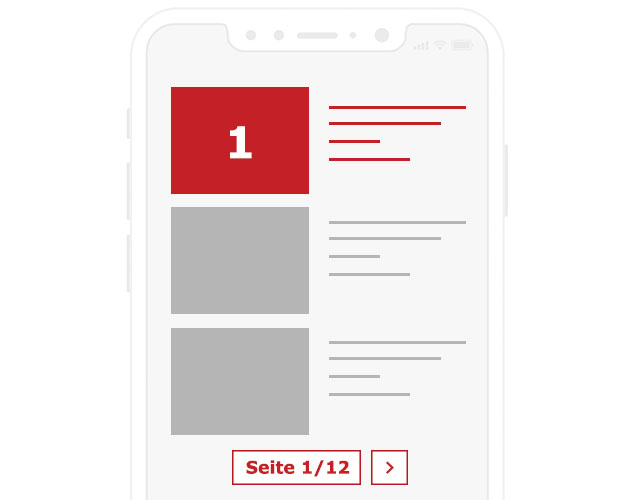is a companion
suitable as school horse/pony
suitable for therapeutic riding
AT
Page-1-Ad

AT
ES
ES
DE
US
US
US
US
DE
ES
ES
ES
ES
ES
ES
ES
ES
ES
ES
Donkeys are an incredibly hard-working and loyal species, with a long and rich history. They’re beloved for their intelligence, stamina and the companionship they provide. In this article, we explore the unique characteristics of donkeys – from the inside out!
In 2010, DNA research confirmed that the ancestor of the domesticated donkey came from North Africa and not from one of the other populations of wild ass found across the ancient world. Specifically, the first domesticated donkeys came from Nubia, the region to the south of Egypt. As far back as 5,000 years ago, these hard-working animals were contributing to the economies of Egypt and Mesopotamia by carrying goods on their backs. Images of donkeys appear in the tombs of ancient Egyptian officials.
Domesticated donkeys began to be used by societies all over the world, mostly for pack work, but also as ridden and driven animals. They have always been popular mounts for small children, particularly on seaside holidays.
When planning to buy a donkey for driving, or for children to ride, it is important to choose one that is large and strong enough, as well as having the right temperament. Donkeys are often thought to be small animals, though in fact, they range in height from miniatures to the giant Poitou donkeys of France, which were used to breed mules.
Often breeders who sell a donkey are knowledgeable specialists who can give advice. It’s unusual to buy a donkey to keep on its own, as they need the company of others of their species. They can bond closely with ponies as well and make excellent companion animals. Showing and turn-out classes for donkeys are popular, and donkeys are increasingly participating in equine agility classes.
Most donkeys are the size of small ponies, between 10 hh and 13 hh (101cm – 132cm). They can have many different coat colours and most have the distinctive dorsal (back) stripe that was a feature of their wild ancestors.
Domesticated donkeys came from hot, arid areas and can be less hardy than horses. They need good shelter in winter and grass that is not too rich, to avoid laminitis. They become very fond of their humans and look forward to greeting them each day with a noisy bray! In Don Quixote by Miguel de Cervantes, Quixote’s companion rides a donkey called Dapple.
Perhaps it's because they've been working with humans for so many centuries that donkeys make such excellent family members. They are quick learners, too. On the whole, they are gentle and calm, though young donkeys, like all young animals, can be boisterous. An older, more experienced animal may be better for newcomers considering whether to buy a donkey for the family. When preparing to sell a donkey, it's important to explain the animal needs plenty of time to settle in their new home, as they are less reactive than horses. That means it’s not always clear how they are feeling. Getting the perfect match is what counts, and so anyone planning to buy a donkey or sell a donkey needs to put the animal's needs and nature first.
Donkeys have an interesting nature; they’re gentle, alert and cautious animals with strong survival instincts. They can form strong relationships with humans and other animals, making them excellent companions. Donkeys are highly intelligent creatures who can learn quickly through repetition or conditioning. With proper training, donkeys can be taught to do a wide variety of tasks like gathering wood or carrying supplies over long distances.
Donkeys have a unique, strong and durable exterior that makes them an excellent working and companion animal. Donkeys come in a variety of colors, from blacks to browns, grays, whites and more. All donkeys have long ears, short tails and hooves for walking on all types of terrain. Their fur is thick for protection, and their coats can vary from rough to sleek based on the weather conditions they live in. Every donkey has two big eyes that help identify danger before it’s too late. Most donkeys also feature humped shoulders, straight legs and varied facial markings which make them easily recognizable from other animals. On the whole, the exterior of a donkey speaks volumes about its strength, durability, and intelligence – traits which make them such remarkable companions!
Donkeys have been a part of human history for thousands of years, dating as far back as 4000 BC. Donkeys were first domesticated in Africa and the Middle East, where they were used primarily as pack animals and to carry goods over long distances. As time passed, donkeys spread across Europe, Asia and North America, slowly becoming an important part of rural life in many cultures. In addition to their practical uses, donkeys have been symbols of courage in some cultures, particularly those with associations with Christianity. Today, donkeys are still used around the world as working animals or companion pets, making them an integral part of global history.
Donkeys have been a part of human history for thousands of years, dating as far back as 4000 BC. Donkeys were first domesticated in Africa and the Middle East, where they were used primarily as pack animals and to carry goods over long distances. As time passed, donkeys spread across Europe, Asia and North America, slowly becoming an important part of rural life in many cultures. In addition to their practical uses, donkeys have been symbols of courage in some cultures, particularly those with associations with Christianity. Today, donkeys are still used around the world as working animals or companion pets, making them an integral part of global history.